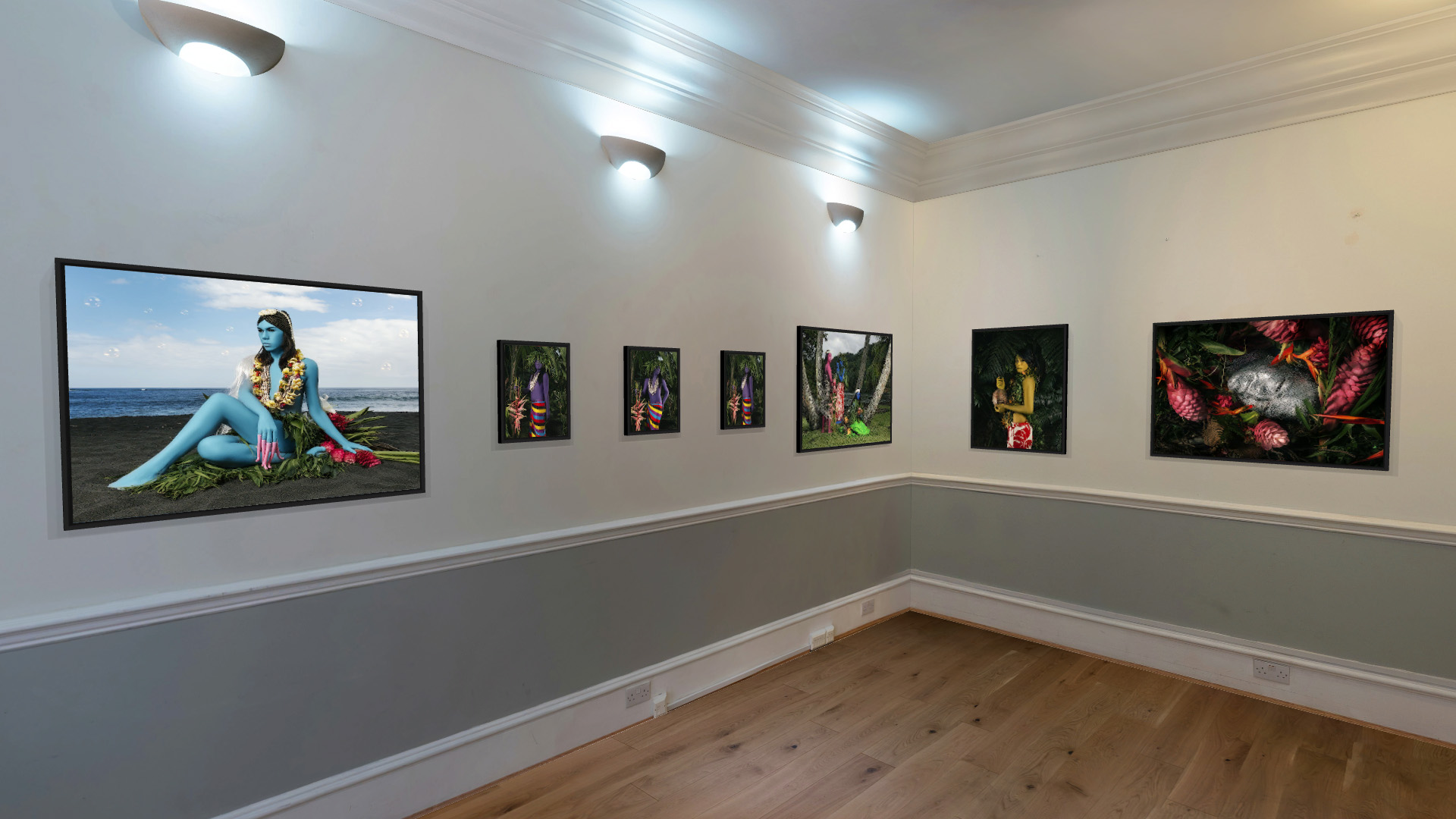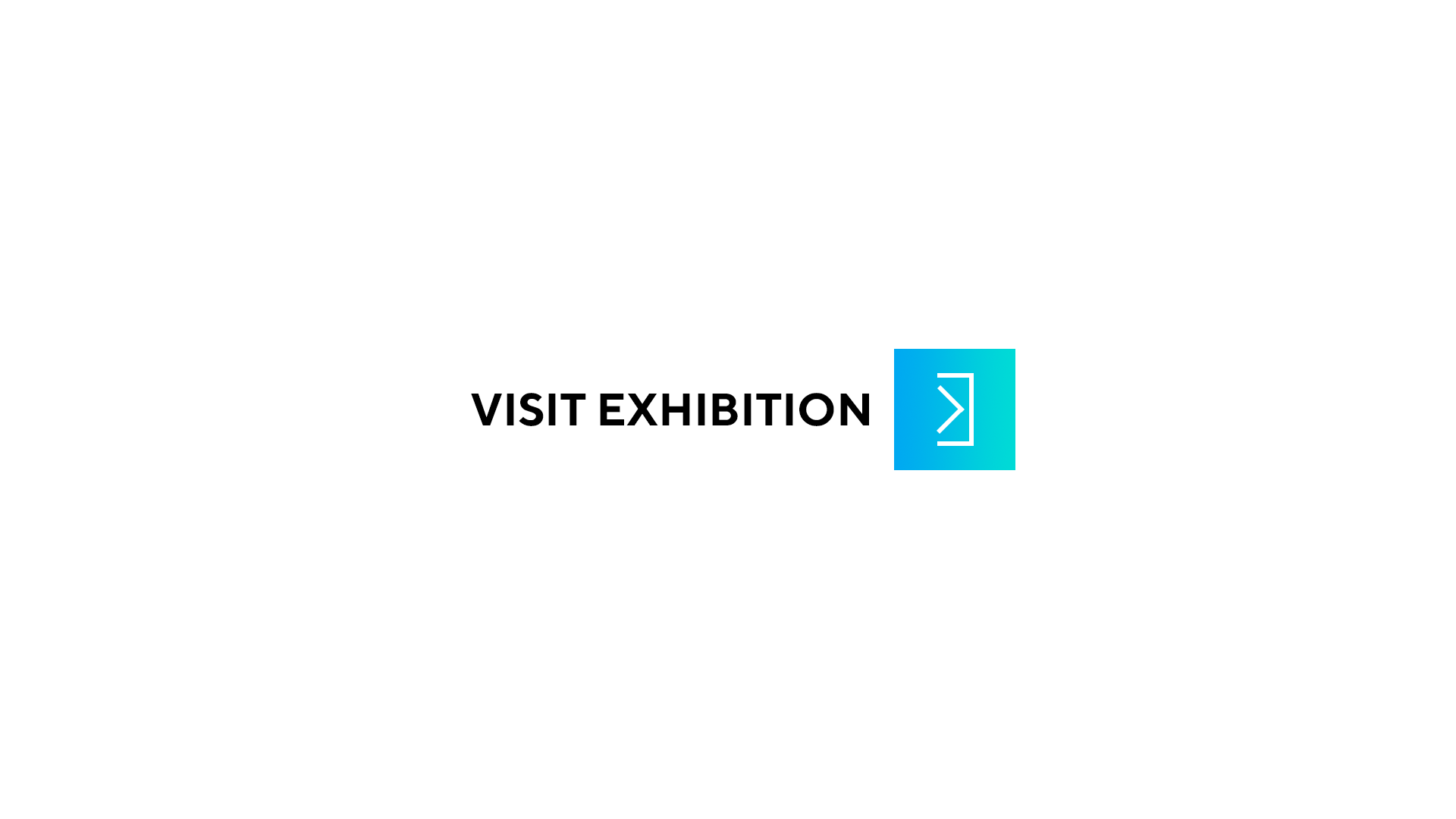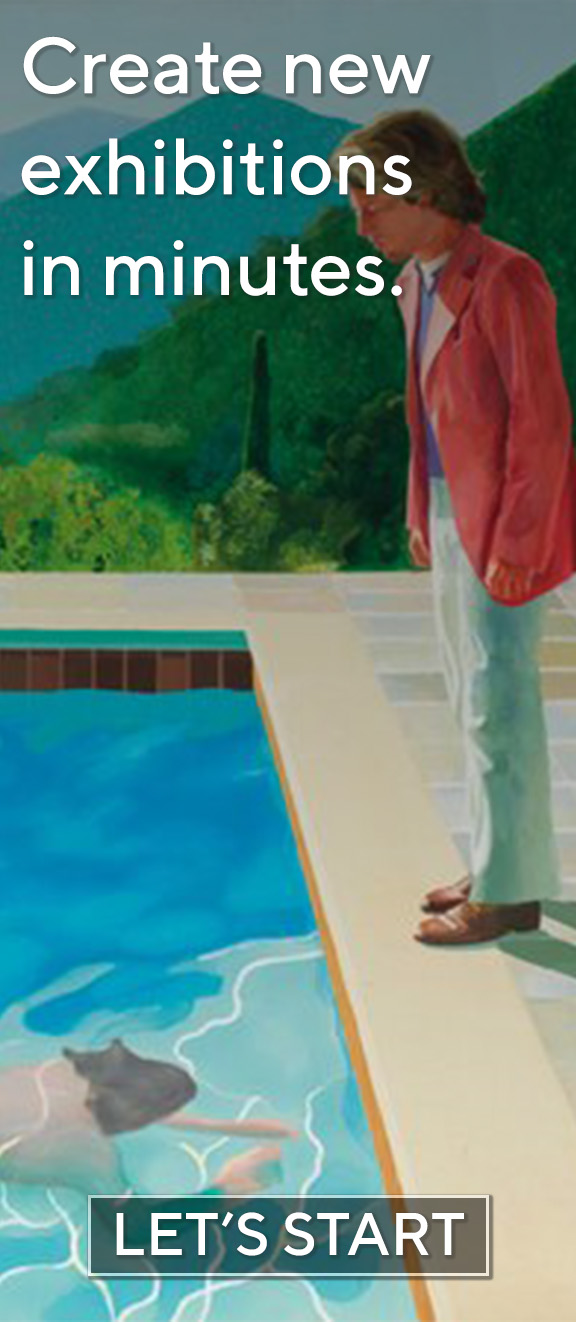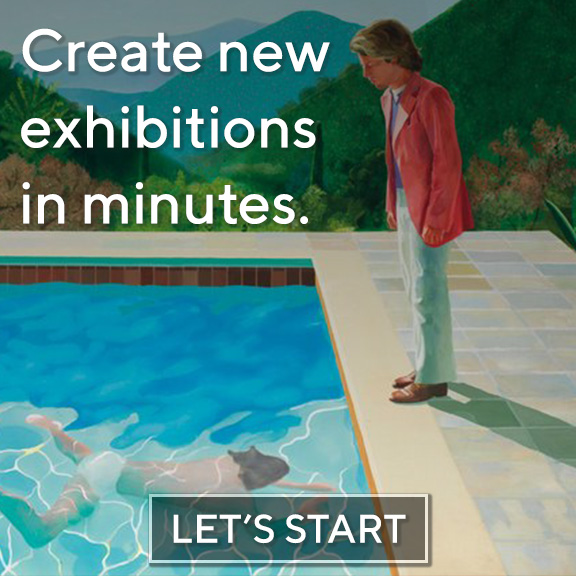

This myth of the “Vahine”, as Polynesian women are referred to, is historically rooted in the West’s s... more >> Namsa Leuba’s most recent project, Illusions, was created in Tahiti and inspired by the paintings of Paul Gauguin and “tropical” images in Modern art, which occupy the Western collective unconscious. This type of imagery casts the Polynesian woman as beautiful, desirable, subservient, and connected to the natural environment.
This myth of the “Vahine”, as Polynesian women are referred to, is historically rooted in the West’s search for the “original” and “authentic”, which was thought to be found in far away cultures, with a connection between the body, soul and land. Gauguin’s paintings in French Polynesia were influential in developing the Primitivist art movement, which
articulated a visualization of the “other” through a connectivity to nature.
The subjects in Leuba’s contemporary portraits act out their role of the “vahine”, yet through non-binary definitions of gender conformity. Her sitters are known in Tahiti as “Mahu” (an effeminate man) or “rae rae” (transgender). Leuba stages the fictional narratives with a painterly sensibility. Decorated with cultural and social ornaments, the models distinguish themselves with colorful cosmetics and body paint, creating a surreal sense of beauty and strangeness. They blend into nature, like creatures between myth and reality. They symbolize their identity through the incarnation of the spirit, by the image beyond the confines of the body.
Connecting to this female archetype, it is an attempt at metamorphosis, as well as an ideological challenge to the visual codes initiated by Gauguin and his search for the primitive.










